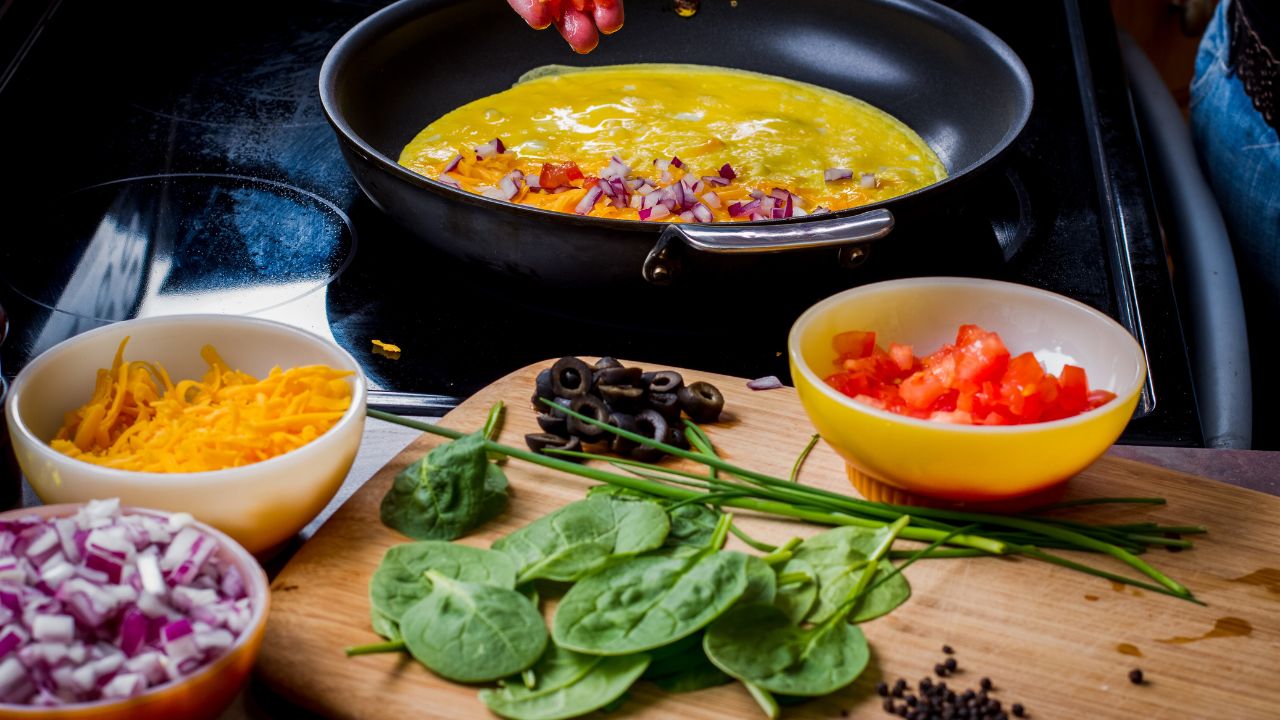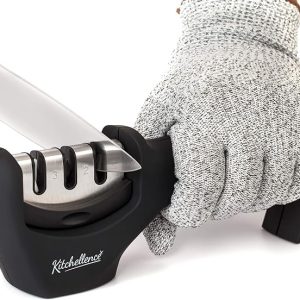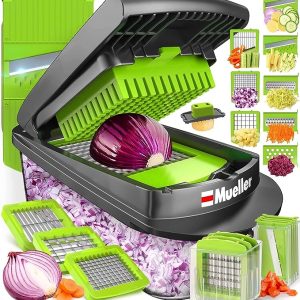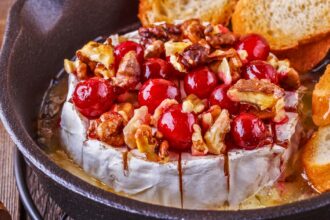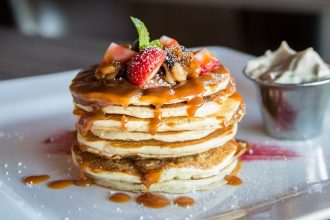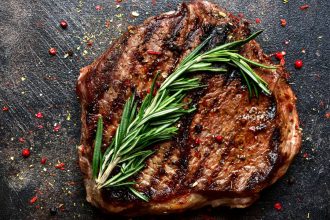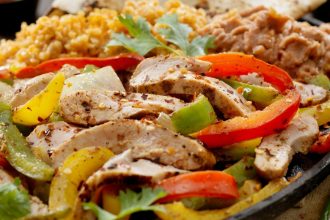- Prep Time: 5 min.
- Cook Time: 5 min.
- Yield: 1-2 servings
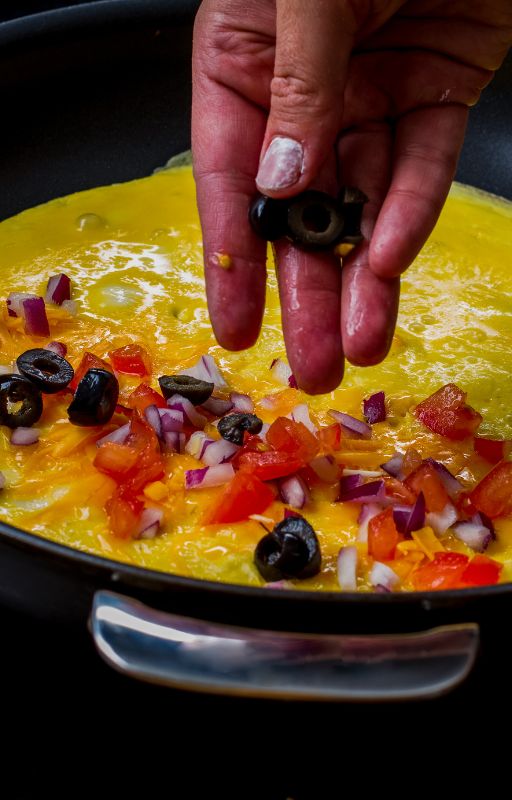
Finally, I perfected the French omelette—sort of! Even the most educated chefs at the most esteemed culinary academies in France start out intimidated by creating an ‘acceptable’ one for a dinner or an after-theatre late supper.
The French don’t eat or serve omelettes for breakfast, by the way. Agatha Christie fans will have fond memories of Inspector Hercule Poirot devouring late-evening omelettes in Paris bistros while ruminating over the latest murder!
There are a few keys to making this light,fluffy, anytime (in America) delicious meal. Firstly, the eggs must be whisked to perfect homogeneity.
There should be no separation of yolks and whites. Next, the omelette must not have any browning. This is achieved by constantly cajoling the eggs with a fork, never a whisk, while they cook, then rolling the omelette around the center once the bottom has solidified.
An omelet must be soft in the middle, pillowy to the touch, and have bounce. And the quality of the eggs makes all the difference.
Pasture-raised hens, as have been the norm across much of Europe and are emerging in popularity and availability now in America, produce the richest-tasting, vivid egg yolks. This was a privilege reserved for those of us lucky enough to have a local farmer deliver during my childhood.
In the most classic version of Omelette Aux Herbes Fines (delicate herbs), nothing more than pinches of parsley, chervil, chives, and (sometimes) tarragon are utilized, in addition to the salt. No milk, no cheese, no nothing.
The nonstick sauté pan must be hot enough that the eggs cook on contact, forming a skin and pulling off the surface, but not so hot that they brown. A French omelet is a creamy yellow with a wet scramble on the inside and without the slightest suggestion of the eggs browning on the outside. That part, I still have to work on.
In America, we are used to overstuffed omelettes, folded into half moons, usually with at least modest browning of the outer surface of the eggs. Try my Chanterelle and Gruyere Omelette for a hybrid of the two styles. It’s fantastically delicious in its unorthodox technique, and yes, it contains milk as well as cheese!
This classic French omelet is deceivingly simple in ingredients. It takes patience and trial to perfect. If you’re lucky to get it right the first time or two, then you are a culinary master, my friend.
Ingredients
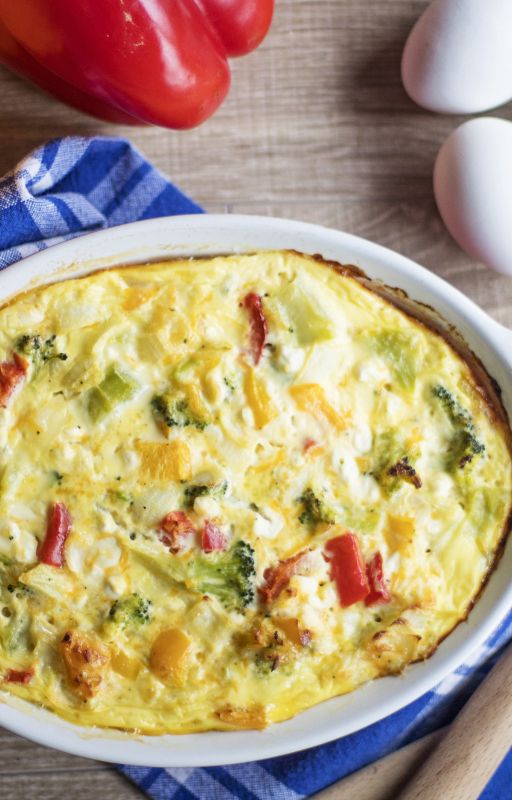
- 2 tablespoons unsalted butter
- 3 large pasture-raised eggs
- pinch of sea salt
- pinch of white pepper
- 6 fresh chive leaves, minced
- 4 fresh tarragon leaves, chopped
Instructions
- In a small mixing bowl, beat the eggs until they are completely homogeneous. Season with salt and pepper.
- In a good-quality, heavy, non-stick sauté pan (ceramic is great), melt the butter over medium-high heat. When the butter is frothy and lightly sizzling, add the eggs. Immediately stir the eggs with the bottom of the fork, tines up.
- Stir constantly while jostling the pan with your free hand to ensure even cooking. Don’t break up the bottom layer of the eggs in contact with the pan. A ‘skin’ should form.
- The omelet is done when the outside is solid, without any browning, and the inside is scrambled to the degree of dryness preferred. That’s the trickiest part.
- Tilt the pan toward you, and using the fork tines, pull the omelette’skin’ away from the pan, and fold the omelette about 1/3 of the way toward the center.
- Add half the herbs and any filling at this time. Fold over the omelette to the center, then once again to the end.
- Slide the omelette off the pan and onto a serving plate, sprinkle with the remaining half of the herbs, and serve!

